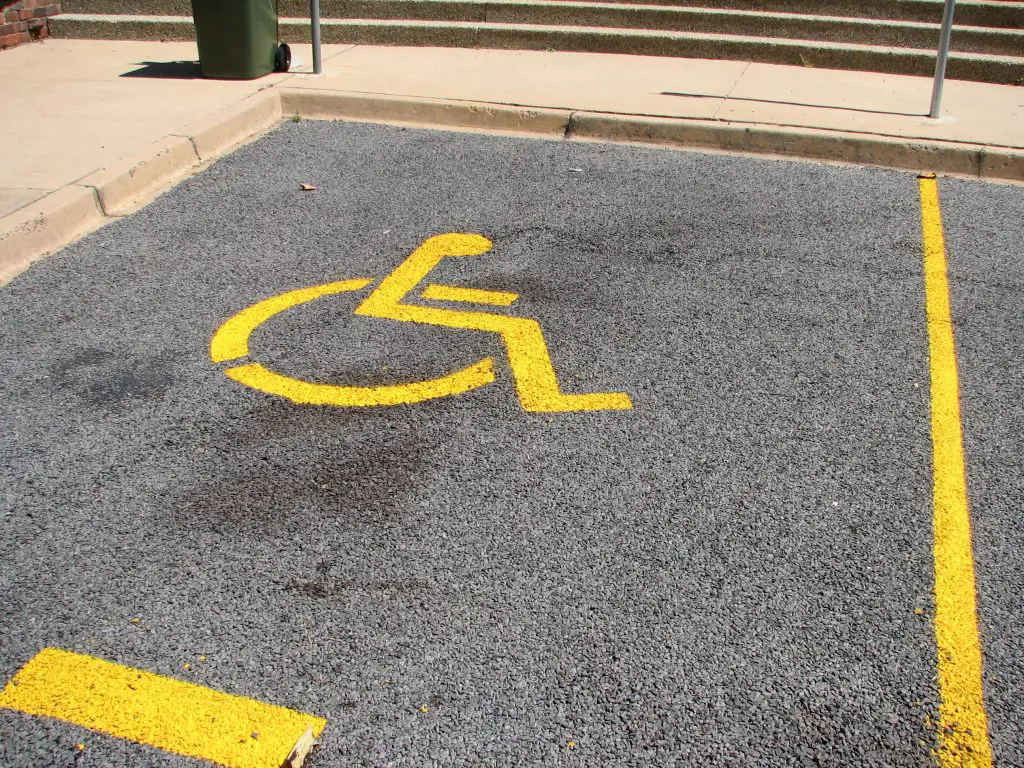Disability discrimination refers to the unfair treatment of an worker because of their real or perceived disability. It is unlawful for employers to discriminate against individuals because of a mental or physical disability.
Disability discrimination occurs when a person with a disability receives less favorable treatment than a person without disability in the same or similar settings. Employees can also face discrimination when their employer assumes that they have a disability.
Disability discrimination legislation
Discrimination based on physical or mental disability in any phase of employment including interview, hiring, assignments, performance evaluation, training, promotions and demotions, rewards, and layoffs is prohibited by the Americans with Disabilities Act (ADA) in the United States.
The ADA protects people who have had a prior disability and those predisposed to a disability in the future. It also protects employees who face discrimination because of their association with someone who is disabled. However, in order to be protected, an individual must be qualified to do the job and have a disability defined by the law.

Laws such as the ADA and the Equal Opportunity Act 2010 (Australia) do not give disabled employees a preferential treatment, but level the playing field in the workplace. Under these laws, a worker with a disability who is qualified to perform his job is entitled to receive reasonable accommodation from the employer.
What is reasonable accommodation?
A reasonable accommodation refers to any change in the workplace to assist a disabled person to perform the essential functions of a job. Accommodations vary according to the needs of the individual with disability.
Reasonable accommodations may include
- upgrading the existing facilities to be able to be used by disabled people
- providing flexibility in work schedule
- modifying equipment, policies, training materials and tests
- job restructuring
- providing additional leave for medical treatment
Some examples of reasonable accommodations are:
- making the office environment wheelchair friendly
- hiring an interpreter for someone who is hearing impaired
- adjusting the height of desks
The employer is not obligated to provide reasonable accommodation if it causes an “undue hardship” to their business. Undue hardship refers to a significant difficulty or expense that might make it hard for the employer to provide reasonable accommodation.
Types and examples of disability discrimination
Disability discrimination in the workplace can have many forms. It can be obvious or subtle. Here are six types of disability discrimination that an employee might face:
Direct discrimination
Direct discrimination occurs when an employee receives unfair treatment exclusively because of their disability.
Example: During an interview, a qualified applicant with multiple sclerosis is passed over for a less qualified applicant with no health issues because the employers factor in the sick leave that they might need.
Indirect discrimination
Indirect discrimination occurs when a company policy that applies to everyone puts a person with a disability at a disadvantage.
Example: Employees are required to do night shifts according to company policy. This rule applies to everyone in the workplace but a person who needs nightly dialysis for kidney failure is discriminated by this rule.
Failure to make reasonable adjustments
It is also disability discrimination if an employer doesn’t provide reasonable accommodation when it doesn’t pose an undue hardship.
Example: It would be reasonable for an employer to designate a parking space for a disabled employee when there are a number of parking spaces available.

Discrimination arising from disability
Discrimination arising from disability means that an individual is treated unfairly because of something related to their disability.
Example: During company wide layoffs, an employee with cancer is let go because of the many leaves they have taken off for treatment.
Victimisation
Employees who complain of disability discrimination may be victimised because of it. Victimisation can also occur when an employee supports a colleague in making a complaint about disability discrimination.
Example: An employer fires an employee who appeared in court as a witness for a colleague who has filed a disability discrimination lawsuit.
Harassment
Harassing an individual because they have a disability or had one in the past is also a kind of disability discrimination. Harassment includes humiliating or offensive remarks about disability, name calling, pranks, intrusive questioning, or any other degrading behaviour.
Example: A manager constantly mimics an employee’s stutter during meetings.
